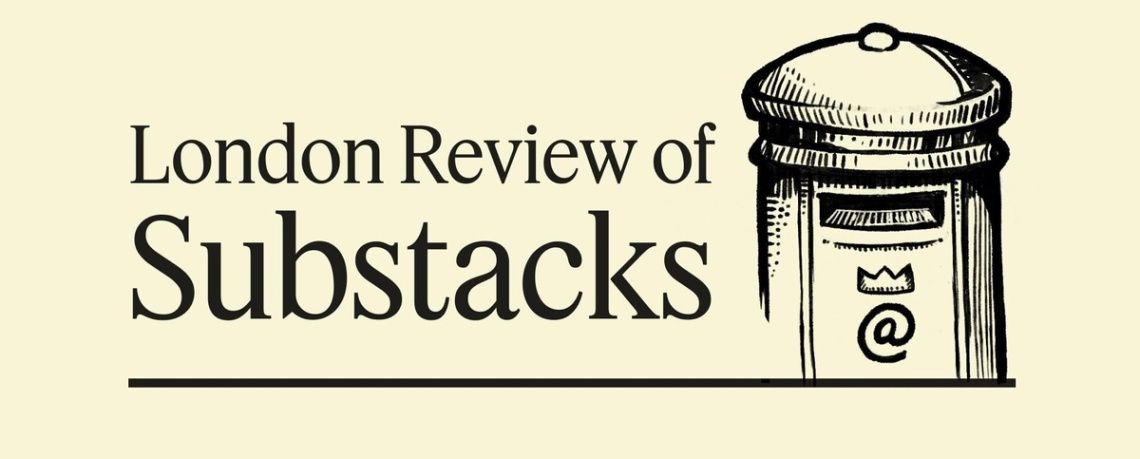 Plane sailing In 1939, when Germany invaded Poland and Great Britain and France entered World War II, the US produced 2,141 military aircraft, barely a quarter of the German or British output. In 1944, American factories churned out 96,318, far outstripping rivals and friends alike. The Mustangs, Flying Fortresses, Corsairs, and others that this vast upsurge in industrial capacity produced helped tip the balance in favor of the Allies. Brian Potter, in Construction Physics, discusses how this monumental retooling of the US economy happened, and its effects. One unexpected, crucial aspect: With the US mobilized for war, women ended up accounting for 40% of factory staff. This led to a complete redesign of the production process: Equipment was redesigned to require less physical strength, processes were broken down into smaller steps for the newly recruited, inexperienced staff. Doing so “simplified and streamlined the production process” as well as helping female workers. Double dutch The old joke has it that the US and Britain are two nations separated by a common language, but Dutch is the tongue truly cursed by its proximity to English. Recently, a tweet by the Dutch politician Geert Wilders attracted attention: “We hebben een serieus probleem,” it began. Ed West notes that this is not a one-off: At the end of World War II, a headline in closely related Afrikaans read “HITLER DOOD: WAT NOU?“, and a Dutch speaker recently tweeted that “Ironie is dood.” Thanks to geographic isolation and the influence of French, “English is no longer mutually intelligible with any other Germanic language,” West writes on The Wrong Side of History. But Dutch occupies “an uncanny valley that leads some people to describe it as ‘drunk English’.” It’s a shame, because Dutch is a proud language with a proud history, and was once — when the Netherlands was the world’s predominant trading nation — a lingua franca: When Japan began to open up to the world, its ambassadors would learn Dutch as their first foreign language. Polls apart How come pollsters got the Indian election so wrong? Exit polls suggested a landslide for Prime Minister Narendra Modi; when the actual results came in, he fell short of a majority and was left scrabbling to form a coalition. What was it that led to the discrepancy? Some psephologists have suggested that it was media bias — Modi’s party has friends in the media, which suppressed unfavorable results — or “preference falsification” by voters: People pretending they backed Modi for fear of harassment or censure. But Shruti Rajagopalan argued in her newsletter Get Down and Shruti that the reason was simpler: Polling in India isn’t very good. The country is huge, with widely varying constituencies. India has not had a population census since 2011, and its population has changed enormously since then — not least because it has grown by a quarter of a billion people. Any attempts by polling firms to weight their results will have been hamstrung by the shortage of good population data. |